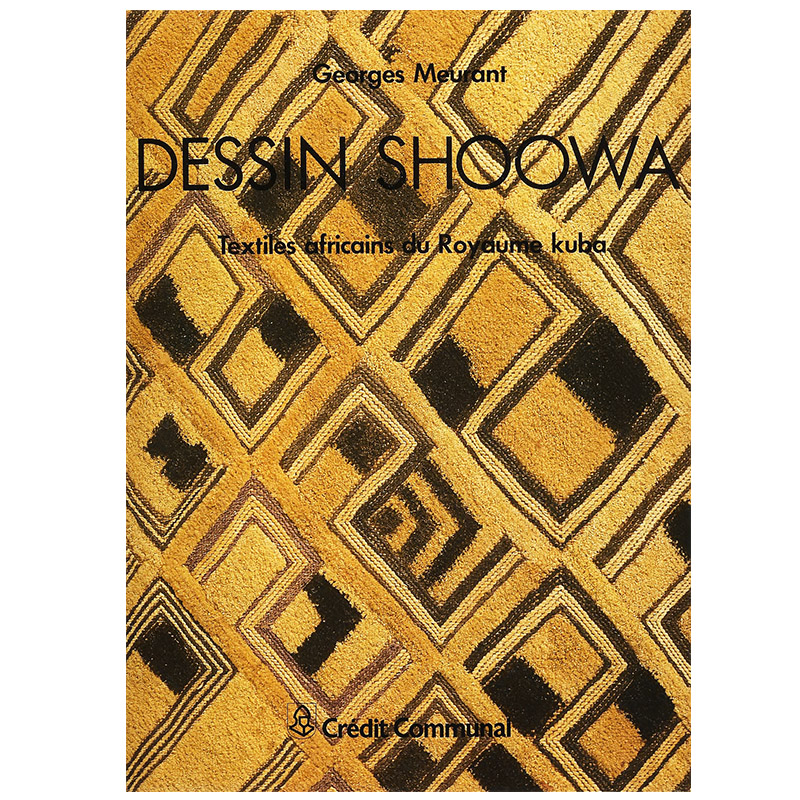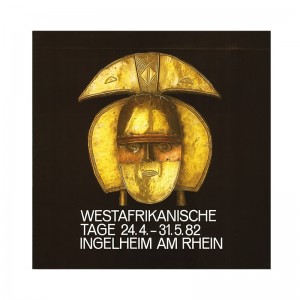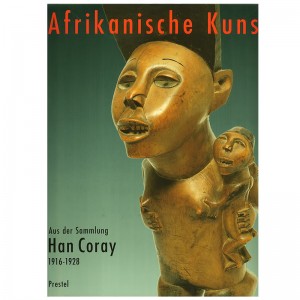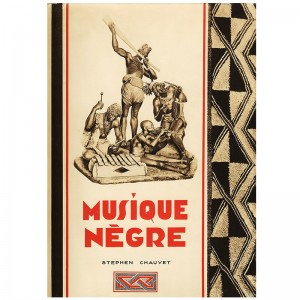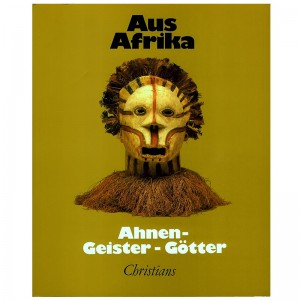DRAWING SHOOWA
Subtitle: African Textiles from the United Kuba
Author: G. MEURANT
Material Type: Exhibition Catalogue. Galerie du Passage, Brussels: October 3 to December 7, 1986
Publisher: Crédit Communal, Brussels, 1986. Paperback, 4to, ISBN 2-87193-001-5
Content: 206 pages, 25 ill.. b / w, 102 ill. col., 11 b / w photos, drawings in 1000, 3 maps, biblio., table of figures, lexicon, names of reasons, index
Additional information: original edition. Work exhausted and sought after for its thematic study and abundantly illustrated in the United Kuba African textiles. The drawings are the work of the author.
State of the work: Very good condition
Description
The Kasai velvet, embroidered Kuba territory, bear a complex geometric design, rich in many scholarly combinations. They are usually well represented in the ethnographic collections, especially those of the British Museum and the Tervuren Museum. One of Kuba tribes, the Shoowa, remained away from the concerns of ethnologists, and embroidery, unique creative practice was known only to a few collectors. Yet this tribe bringing the straight geometric design of equatorial Africa at the top : Plastic creation served by artists. The embroideries were once the work of pregnant women. They serve as dowry money and are a wealth. They can be stitched together to form ceremonial robes. They are offered to the dead. The Shoowa embroidery is essentially absent from public collections. It was never presented. It is, here, a set of the highest quality from important private collections. Georges Meurant is dedicated to the study of geometric design. He reconstructed morphogenesis that of Kuba through Shoowa embroidery that brings together the widest variety in expressions that reflect a mastery of optical phenomena such drawing feeds. This drawing belongs to a cultural moment whose traces remain in most societies, rooted in the Paleolithic to the Neolithic and developing the beginnings of basketry. The author focuses on reading this drawing in the direction of its layout. The meeting in this regard is that of a universal thought. It responds to a renewed interest that is emerging both abstract art for the discovery of deep cultural roots.
Additional information
| Weight | 1160 g |
|---|
Related Products
-
WESTAFRIFRIKANISCHE TAGE
30,00 €Subtitle: Ingelheim am Rhein Authors: C. SAVARY / LACHENAL F. Material Type: Exhibition Catalogue. Weiterbildungszentrum Stadt Ingelheim am Rhein: 24. April - 31. May 1982 Publisher: CH Boehringer Sohn Weiterbildungszentrum Ingelheim, Ingelheim am Rhein, 1982. Paperback, dimensions: 21 x 21 cm Content: 136 p, 70 ill.. b / w, 9 ill. col., 18 b /…
-
AFRIKANISCHE KUNST
60,00 €Subtitle: Aus der Sammlung Han Coray 1916-1928 Authors: M. von Szalay / BASELITZ G. / BREITWIESER I. Material Type: Exhibition Catalogue. Völkerkundemuseum der Universität Zürich: 2. Dezember 1995 -2. Juni 1996. Staatliche Kunsthalle, Baden-Baden: 22. Juni - 1. September 1996 Publisher: Prestel-Verlag, München, 1995. Paperback, 4to, size: 24 x 30 cm, ISBN 3-7913-1493-9 Content: 260…
-
MUSIQUE NEGRE
300,00 €Subtitle: Considerations - Technical - Musical Instruments - Series airs rated Authors: STEPHEN-CHAUVET Material Type: general or thematic Work Publisher: Editions Geographic Society, Maritime and Colonial, Paris, 1929. Paperback, 4to Content: 244 p, Library, numerous illustrations in b / w, a collection of 118 negro tunes with scores in text and scores inset + 30…
-
AUS AFRIKA
30,00 €Subtitle: Ahnen - Geister - Götter Authors: J. Zwernemann / LOHSE W. Material Type: general or thematic Work Publisher: Museum für Völkerkunde Hamburgisches Christian und Verlag, Hamburg, 1985. Paperback, 4to, dimensions: 19.5 x 24 cm, ISBN 3-7672-0942-X Content: 190 pp, 180 b / w photos, 50 Color photos, 4 maps, biblio... State of the work:…
77,00 €
Out of stock



